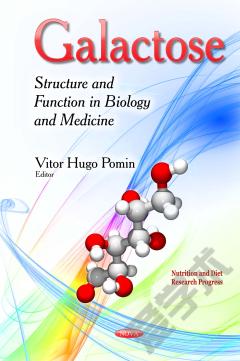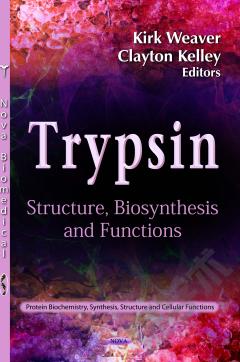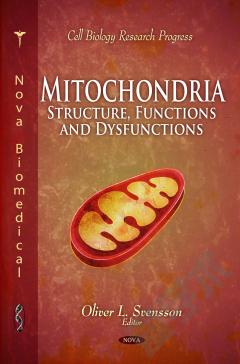Galactose: Structure and Function in Biology and Medicine
Galactose (from the Greek galakt which means milk), a C4 epimer of glucose, is a hexose widely used to build up biologically functional glycoconjugates in living organisms. When combined with glucose through covalent bonds, it makes the widely known lactose, a disaccharide largely found in milk. Besides participating in metabolism, galactose also has multiple clinical roles. This book aims to report most of the science concerning the sugar type, galactose. The content of this book is heavily based on scientific results from renowned research groups of different countries. This contributes to the high-quality of this collection. Novelty and updated content are also features of this publication. The six containing chapters discuss: 1) the structure, dietary sources and clinical significance of galactose; 2) clinical relevance of galactose; 3) diet and implications of galactose in galactosemia; 4) recent advances in the science of galacto-oligosaccharides as prebiotics; 5) the structural configuration of galactose and its role in glycan biosyntheses; and 6) regulation of galactose operon in Escherichia coli. This book is recommended to anyone involved or interested in the science of galactose.
{{comment.content}}








 京公网安备 11010802027623号
京公网安备 11010802027623号